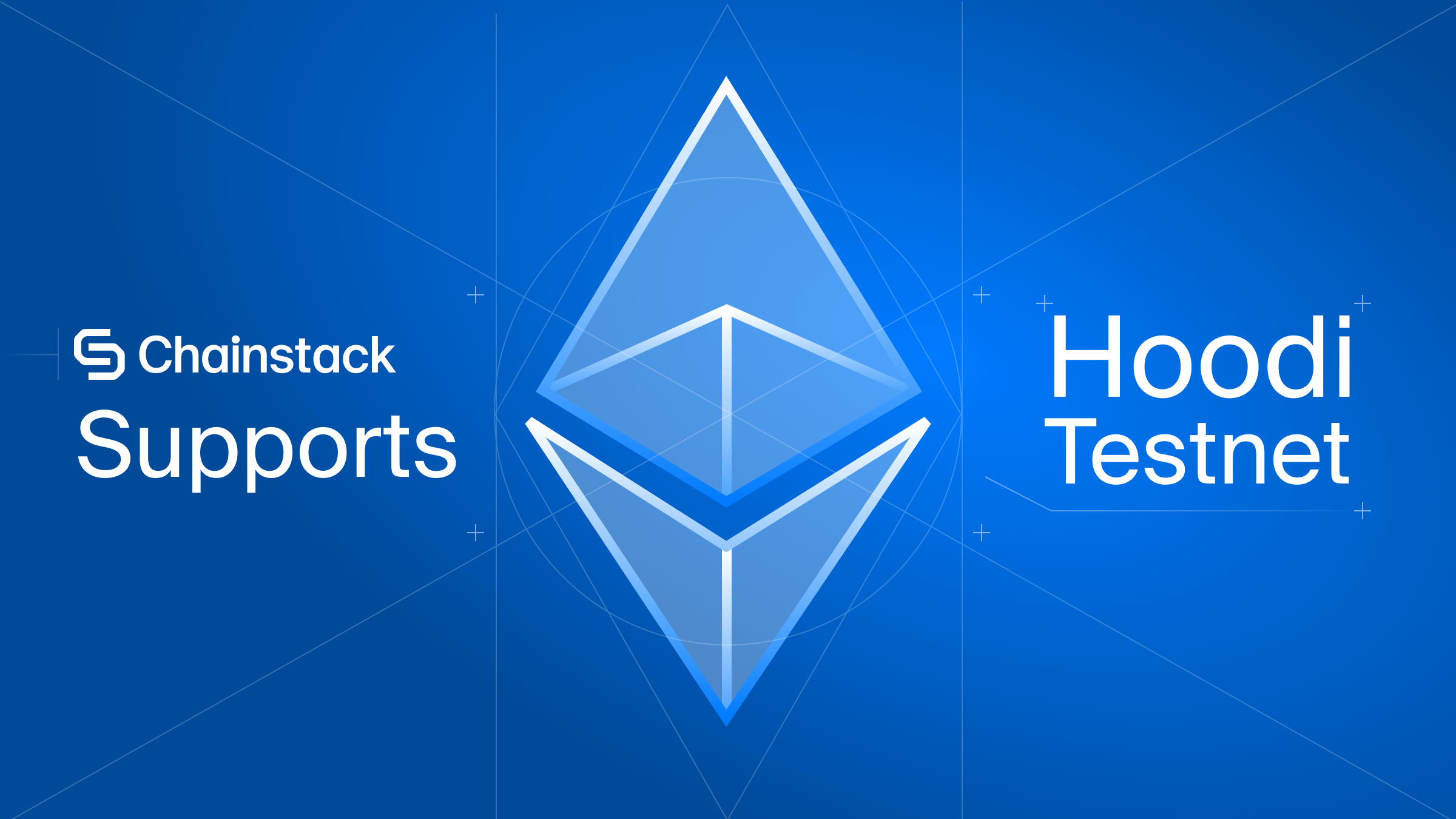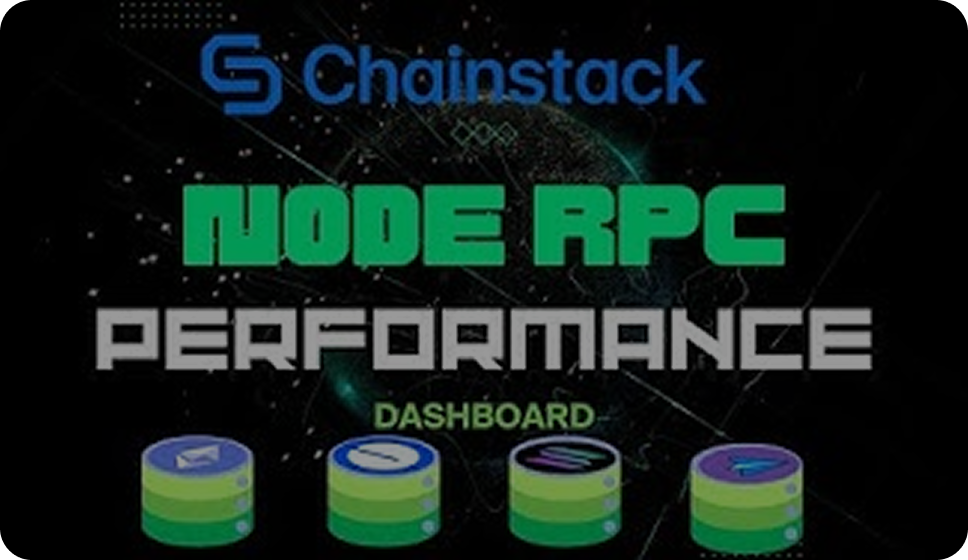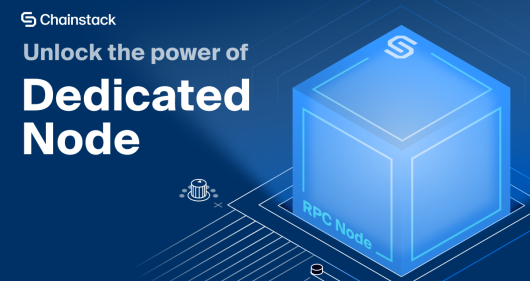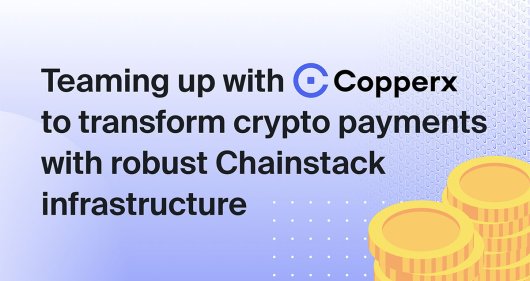Decoding smart contract composability and why it matters for Web3 developers
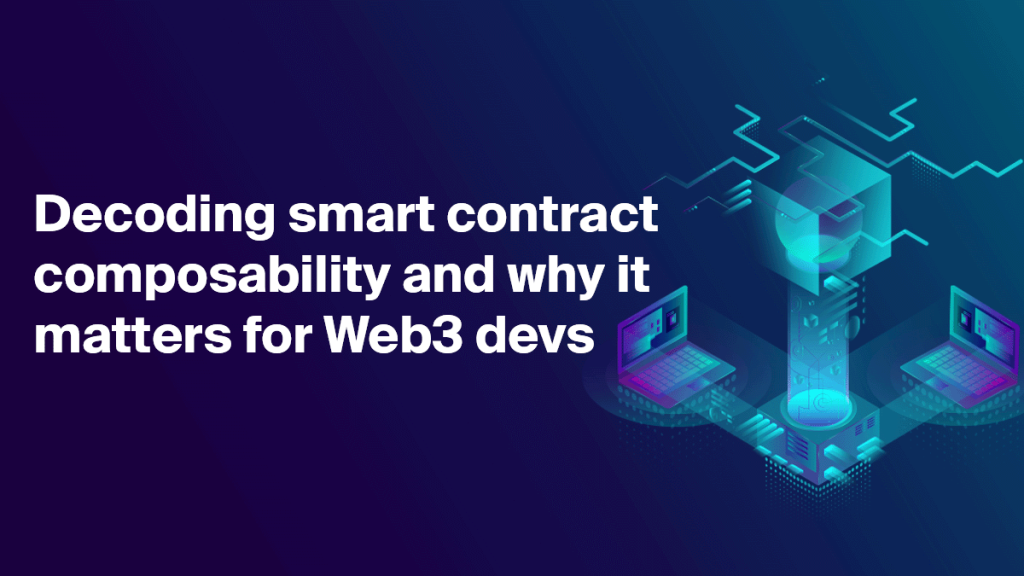
Smart contracts are the cornerstone of most blockchain networks, particularly those offering decentralized applications. They represent the rules and operations that facilitate transactions and interactions on the blockchain.
When we discuss smart contract composability, we highlight the ability of these contracts to interact and collaborate, creating a network of contracts that can work together to create more complex and powerful applications.
This composability is the key advantage of smart contract platforms and forms the backbone of exciting domains like DeFi, GameFi, DAOs, and more.
What is smart contract composability?
At its core, smart contract composability is the robust characteristic of blockchain tech that allows different smart contracts to seamlessly interact and work together, creating complex systems from simpler building blocks. Smart contract composability can be likened to Lego blocks—just as you construct unique structures using the same Lego pieces, smart contracts provide the same opportunity for building over pre-existing contracts to birth novel applications or systems.
Simply, imagine each smart contract as a unique Lego block, compatible and ready to be a part of some larger structure without needing any modification. This software stacking potential reaches its zenith on platforms like Ethereum where every smart contract turns into a valuable building block.
Composability’s essence lies in its drive to ease the lives of Web3 developers, enabling them to create novel applications without always having to start from scratch. This paves the way for swifter developments and innovative breakthroughs with developers building on the top of each other’s work. Composability in Ethereum, thus, acts as the foundation of numerous path-breaking DApps and decentralized systems.
Smart contract composability advantages
The importance of composability in the exciting world of blockchain and smart contracts cannot be stressed enough. It presents considerable advantages that facilitate rapid development and innovation. Let’s explore a few:
Faster development
One significant advantage is the pace at which developers can build new products when they do not have to start from the ground up. Code reuse enables software lifecycles to get significantly faster and efficient, turning the wheels of development quickly.
Effective problem-solving
Composability indirectly fuels ingenuity. With composable code, developers spend lesser time resolving repeated issues but focus more on new, unique problems. This paves the way for breaking novel grounds and inventing unique solutions which can be a game-changer in Web3 development.
Easy integration
Composable systems enable easier integrations. With increasing interoperability, plugging into different tools, DApps, or other software integrations becomes seamless ensuring a smooth user experience.
Shorter development cycle
From the perspective of decentralized applications specifically, composability significantly reduces developers’ workload. With freely available smart contracts to solve diverse issues, developers can add extra functionalities to existing software libraries for generating new DApps. This leads to a shorter development cycle—an advantage every developer appreciates.
Greater innovation
One of the hallmarks of a conducive development environment is its capacity to foster innovation. Composability does precisely that. Reuse, modification, and integration of open-source code drive development teams to experiment more with new features, thereby encouraging remarkable innovations.
Smart contract composability challenges
While composability lends several advantages, it also presents a few challenges that could potentially hinder its full potential. Let’s delve into some of these challenges.
- Value capture: One of the primary challenges with open-source, composable code is the question of value capture. Since everyone has access to the code, profiling unique selling propositions that distinguish your product could be a challenge. That calls for ingenuity in identifying new defensible “moats” like a DAO community, for instance.
- Scaling: The theory of composability is perfect, but practical implementation, especially in the contemporary multi-chain world, can prove complicated. Composability becomes considerably intricate and difficult to execute as scaling occurs—via layer two blockchains, alternative layer ones, and sharding. It may result in issues like fragmented liquidity across chains, turning into a potential surface of attack or, at the least, an inconvenience for token swaps.
- Security: An overlooked aspect of composability between chains and layers can become a severe security risk. When bridging assets, you are locking those assets in a smart contract. These contracts can become significant targets for attacks.
Brief history of composability on the web
Composability has played a significant role in shaping the internet we know today. Let’s trace back its course through the evolution of the web. The web’s evolution can be broadly categorized into three phases, often termed as Web1, Web2, and Web3.
Web1: Open-source and composable
Web1 was the initial phase of the internet which can be termed as the “Read” phase. During this era, webpages were static without any interaction capacity. The Web1 internet was built by an extensive, grassroots movement where open-source was at the core. Everything was public, composable, and open-source remnant of the early days of the internet.
Web2: Mostly closed-source and not composable
As the internet evolved into the “Write” phase or Web2, large companies started to lock things down. This phase saw the rise of closed-source code, restricted APIs, alongside a growth in Intellectual Property. To make money and outpace their competitors, companies began to rely on closed-source software and non-composable systems for distinctiveness.
Web3: Open-source and composable
The advanced Web3 phase brought back the tradition of composability and open-source, marking the advent of the “Own” phase in the internet’s evolution. It touted ‘forking,’ where a project takes up code from another project, makes modifications as needed, and develops it as their own product. The fact that everything on the blockchain is transparent by default reinstates that the code is open.
How does smart contract composability work?
Composability works based on a few core principles that allow for the seamless integration and operation of different smart contracts or software components.
Elements of a composable smart contract
There are three defining elements of a composable system:
- Modularity: Each component should ideally perform one thing well. Software components wrap multiple actions into a package, breaking them down into handy modules.
- Autonomy: Composable components should function independently. They are self-contained, meaning that if one thing is pulled out of the system, the whole system doesn’t collapse.
- Discoverability: The software elements are published somewhere that others can quickly find, like a GitHub repo or other website.
Understanding these principles and elements provides a foundation of understanding how composability operates in smart contracts and the Ethereum network.
Subsets of smart contract composability
There are different types of composability handling various aspects of Web3 interactions. They are:
Syntactic smart contract composability
Syntactic composability is when all software elements can be forked, remixed, and used by everyone with an internet connection. In Ethereum, every smart contract on the open protocol can be called by any other.
This means that developers need to solve new problems only once, after which the software becomes open for reuse by everyone else in the ecosystem. This approach significantly increases the efficiency of Web3 building, allowing teams to focus on building the missing components of their projects.
Atomic smart contract composability
Atomic composability is about bundling several operations or software elements into one. In the realm of DeFi, this means that multiple actions across different DApps can be packaged into a single transaction, to be executed concurrently. If one operation within the bundle fails, the entire transaction also fails. This approach minimizes the risk of partial failures and streamlines complex operations.
Morphological smart contract composability
Morphological composability refers to the use of standard languages or specifications—such as the ERC20 token standard—to port elements into other contracts. This composability type allows for tokens and other blockchain elements to interact with multiple different applications, moving freely within the Web3 world.
Examples of smart contract composability
Smart contract composability in action is best understood with a few examples. Here are some use-cases:
- Token swaps: Token swaps are a classic application, wherein a DApp might require transactions to be made in Ether, but users can pay in any ERC-20 tokens. The app’s smart contracts can just employ a swapping logic to automatically convert the tokens to Ether before executing the transaction. This swap logic could simply be another contract interfacing with a DEX like Uniswap.
- Governance: The realm of Governance offers another perspective. Building bespoke governance systems for a DAO can be quite challenging and time-consuming. Here, composability can come in handy by using open-source governance toolkits for rapid deployment of a governance framework.
- NFT gaming: In the gaming world, NFTs make use of morphological composability. An NFT from one game can be ported to another because of the standard language they both understand. This is especially useful because digital properties, represented by these gaming NFTs, are truly owned by the users, who can transfer them freely between games, trade them in secondary markets, or perhaps even use them as loan collaterals.
- Identity management: Identity management is yet another use-case for composability. Instead of building a custom authentication system or relying on centralized providers, you can integrate decentralized identity (DID) tools to manage user authentication.
We can see that composability facilitated by smart contracts has played a vital role in shaping the current utility spectrum of Web3. This will continue to evolve as we uncover new ways to leverage composability in the decentralized context.
Bringing it all together
Indeed, composability stands as one of the most influential factors that power the capabilities of decentralized applications, propels the advancement in blockchain technology, and catalyzes a multitude of breakthroughs in the world of Web3. As we continue to explore the boundless horizon of decentralization, composability, as exhibited through smart contracts, will continue to mold the path we tread and define the world of blockchain.
On this note, it’s also important to remember that while composability helps us build the remarkable, it also poses certain challenges—like maintaining security in a continuously evolving landscape and efficiently navigating the multichain realm. But as we watch developments unfold, we can only imagine the realms and corners this concept will illuminate, revolutionizing the path to a more decentralized world.
Power-boost your project on Chainstack
- Discover how you can save thousands in infra costs every month with our unbeatable pricing on the most complete Web3 development platform.
- Input your workload and see how affordable Chainstack is compared to other RPC providers.
- Connect to Ethereum, Solana, BNB Smart Chain, Polygon, Arbitrum, Base, Optimism, Avalanche, TON, Ronin, zkSync Era, Starknet, Scroll, Aptos, Fantom, Cronos, Gnosis Chain, Klaytn, Moonbeam, Celo, Aurora, Oasis Sapphire, Polygon zkEVM, Bitcoin and Harmony mainnet or testnets through an interface designed to help you get the job done.
- To learn more about Chainstack, visit our Developer Portal or join our Discord server and Telegram group.
- Are you in need of testnet tokens? Request some from our faucets. Multi-chain faucet, Sepolia faucet, Holesky faucet, BNB faucet, zkSync faucet, Scroll faucet.
Have you already explored what you can achieve with Chainstack? Get started for free today.
 Ethereum
Ethereum Solana
Solana TON
TON Base
Base BNB Smart Chain
BNB Smart Chain Sui
Sui Unichain
Unichain Aptos
Aptos TRON
TRON Ronin
Ronin zkSync Era
zkSync Era Sonic
Sonic Polygon
Polygon Gnosis Chain
Gnosis Chain Scroll
Scroll Avalanche Subnets
Avalanche Subnets Polygon CDK
Polygon CDK Starknet Appchains
Starknet Appchains zkSync Hyperchains
zkSync Hyperchains











